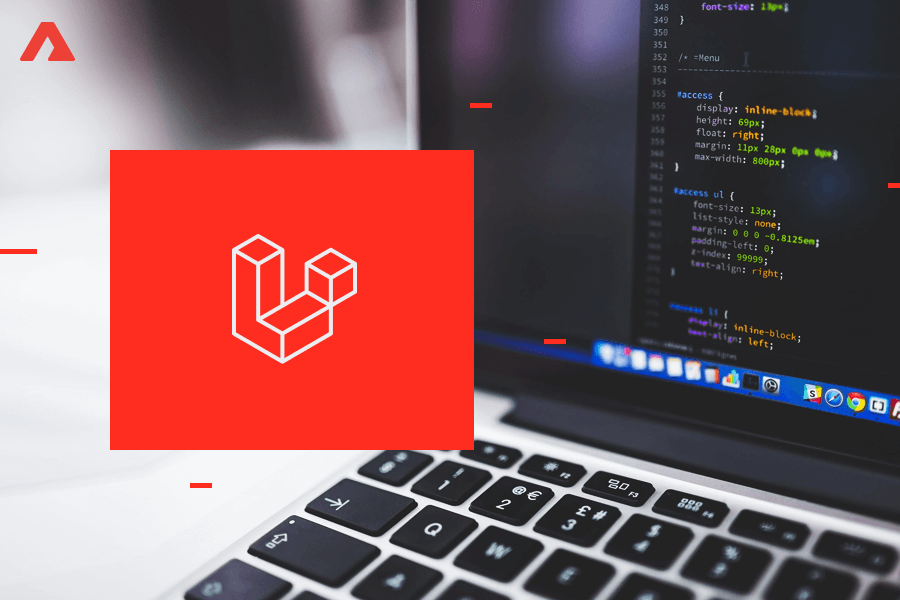Bringing a mobile app idea to life is exciting, but it also comes with challenges. In today’s competitive app market, staying relevant and unique is a task. The moment you discuss your concept with investors or developers, there’s always a small risk someone else might run with it. That’s where patenting an app idea is a smart choice.
However, patenting is often misunderstood because many people believe that they can’t patent software, while others assume every app on the App Store is patented. The truth lies somewhere in between. You cannot patent an abstract idea, but you can patent the unique processes, methods, or technical implementation that make your app original. Understanding how to secure protection is crucial if you want to safeguard your intellectual property before bringing it to market.
Keep reading because this blog will walk you through the essentials of app patents like what can be patented, how to apply, and the steps to strengthen your chances of approval.
Whys and Hows of Patenting an App Idea?
Imagine you come up with a brilliant app that solves a real-world problem. You’ve spent months refining the design and functionality. Then you notice a competitor launching something suspiciously similar just weeks before your release. If you’ve patented the unique aspects of your app, you can defend your rights. If not, you might have little legal ground to stand on.
Patenting is more than a legal safeguard, it also increases the value of your business. Investors feel more secure backing a startup with protected intellectual property. For many app founders, a patent isn’t just about stopping copycats, it’s about building credibility and opening doors to funding and partnerships.
The first thing you should know is that you cannot patent an idea in its raw form. An app concept by itself is far too broad for legal protection. What you can patent, however, is the way that idea is executed such as the technical solution, the system architecture, or a unique method that sets your app apart from others in the marketplace.
To make this more concrete, let’s take the example of a food delivery app (Zomato or Swiggy or any other). The general concept of delivering meals through a mobile platform is not something you can patent, because it is too generic and already exists in countless variations. However, if your app introduces a novel algorithm that matches couriers to restaurants and customers in a faster, more efficient way than current solutions, that process could potentially be patentable. The distinction lies in whether your application introduces something novel, useful, and non-obvious. Patent offices only approve claims that are demonstrably innovative, not features that can be easily inferred from existing technologies.
Read More: Top 15 App Ideas for the Healthcare Start-ups
Considerations Before You Apply
Patenting an app is not as simple as submitting a form. It requires groundwork to build a strong application, and that preparation often determines whether your patent succeeds or fails. The process typically begins with documenting your idea in detail. This is more than just describing your app’s features on paper. You should explain how it works in different scenarios such as from user flows to technical processes, backend architecture, and even specific diagrams that highlight what makes your approach unique. The clearer and more detailed your documentation, the stronger your foundation when it comes time to file.
Once you have documented your concept, the next critical step is research. Too many entrepreneurs skip this part and jump straight into filing, only to face rejection because a similar patent already exists. Conducting a thorough search in the patent database helps you identify “prior art” and refine your own claims. If you discover that part of your idea already exists, you can adjust your application to emphasize the truly innovative elements.
For startups that aren’t ready to dive into a full patent yet, there is also the option of filing a provisional patent application. This functions as a placeholder, giving you an official filing date and a 12-month window to further develop your app, attract investors, or fine-tune your technology before committing to a full utility patent. It’s a practical strategy many founders use to secure early protection while keeping costs manageable in the beginning stages.
Filing the Patent
Once you have laid the groundwork, the next step is filing your patent. This is where the process becomes more technical, and many entrepreneurs choose to work with a patent attorney. While it is possible to file on your own, the language of patents is highly specialized. A poorly written claim or vague description can lead to rejections, delays, or even a loss of protection. Attorneys help draft applications in a way that anticipates challenges from the patent examiner and ensures that your invention is clearly distinguished from prior art.
The filing process usually starts by submitting an application to the Patent and Trademark Office. Your submission will include detailed descriptions, formal claims, and often diagrams that illustrate your innovation. After submission, the patent office examines the application. Depending on the complexity of your app and the backlog at the office, this review process can take anywhere from several months to a few years.
It is not unusual for examiners to request clarifications or reject certain claims during the review. These are known as “office actions.” With the help of your attorney, you may need to refine your claims, provide additional explanations, or resubmit parts of your application until it meets the requirements. The process can be lengthy, but persistence and a well-prepared filing usually pay off.
Time and cost Patenting process takes
Patenting is not a fast-track process, on average, it takes between one to three years for a utility patent application to move from submission to approval. In more complex cases, it can take even longer. This is why provisional patents are so valuable, they give startups immediate protection while buying time to work through the full process.
Entrepreneurs should factor this timeline into their business strategy. Waiting until after your app launches can be risky, as competitors may bring out similar products in the meantime. Filing early, even with a provisional application, ensures your priority date is established and your invention is protected from the start.
Obtaining a patent for an app in India comprises two primary cost elements: Government Fees and Professional Fees for patent agents or attorneys. The government fees for submitting a provisional or complete application generally amount to ₹1,600 for an individual or startup, and ₹8,000 for a large entity. On the other hand, the professional fees for crafting and submitting the application can vary greatly, typically ranging from around ₹10,000 to ₹35,000 or more, depending on the complexity and the service provider chosen.
For many startups, this feels like a steep investment. However, it’s important to view patenting as a long-term safeguard rather than an immediate expense. If your app grows into a significant product or attracts investor interest, having patent protection in place can be a decisive advantage. It demonstrates credibility, reassures backers, and helps you maintain a competitive edge in a crowded market.
Alternatives to Patents
Although patents are a powerful tool, they are not the only way to safeguard your app. Copyrights can protect the source code, design, and other creative assets. Trademarks can secure your brand identity, your app’s name, logo, and associated visual elements. Trade secrets can help you guard proprietary algorithms or processes that you prefer not to disclose publicly.
Many successful founders rely on a combination of these protections. For example, a startup might patent its core algorithm, trademark its brand, and keep its backend optimization methods as trade secrets. This layered approach creates a stronger intellectual property strategy and ensures multiple aspects of the business remain protected.
Conclusion
Patenting an app idea is not a quick or simple process, but it can be one of the most important steps in building a sustainable business. It requires careful documentation, thorough research, and often professional guidance to navigate the legal landscape. Yet, for those with truly innovative solutions, the rewards are significant. A patent not only shields you from competitors but also adds weight to your business when attracting partners, investors, or potential acquirers.
The key takeaway is to treat the patent process as an essential part of your strategy from the very beginning. Don’t wait until your app is already public or successful to consider protection. By filing early and approaching the process with a clear plan, you set your app up for long-term success. Certainly, a patent is more than a legal document, it’s an investment in the future of your vision.
Building an mobile app is challenging enough without navigating patents and development hurdles alone. At Atharva, we partner with founders to turn ideas into scalable products while ensuring the right protections are in place.
Let’s start a conversation about your app journey today.
Contact us at contact@atharvasystem.com
Visit us at https://www.atharvasystem.com to learn more.
FAQs
1. Can I patent an app idea without coding it first?
Yes. You do not need a finished product to apply for a patent. However, you must describe the functionality, processes, and architecture in enough detail for examiners to understand how it works.
2. Is a provisional patent enough to protect my app?
A provisional patent provides temporary protection and secures your filing date, but it must be followed by a full utility patent within 12 months to maintain coverage.
3. Can I patent my app internationally?
Yes, but patents are territorial. You will need to file in each country where you want protection, often starting with an international application under the Patent Cooperation Treaty (PCT).
4. How do I know if my app idea is truly patentable?
The best way is to conduct a patent search or work with an attorney. Your idea must be novel, useful, and non-obvious compared to existing technologies.
5. What happens if someone copies my app after I file a patent?
If you hold a granted patent, you can take legal action against infringers. Even with a pending patent, your filing date gives you priority, which strengthens your case.
6. Can design elements of an app be patented?
Yes, design patents protect the unique visual aspects of an application, such as interface layouts or distinctive user experiences.
7. Is the patent process worth it for small startups?
For many startups, yes. Patents can attract investors, establish credibility, and provide a competitive edge. The decision depends on your growth goals and how central your innovation is to your business.




 Insurance
Insurance


























